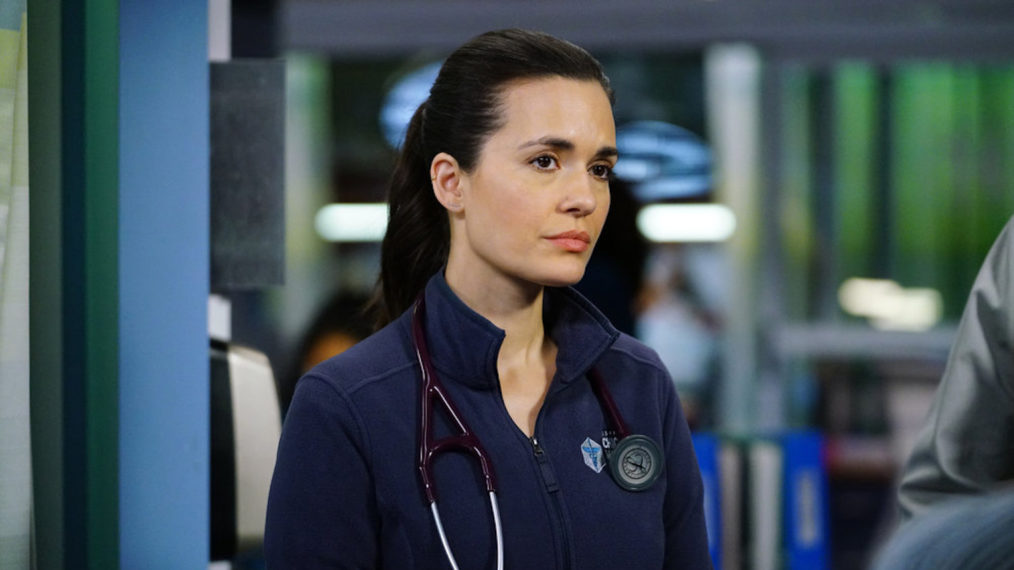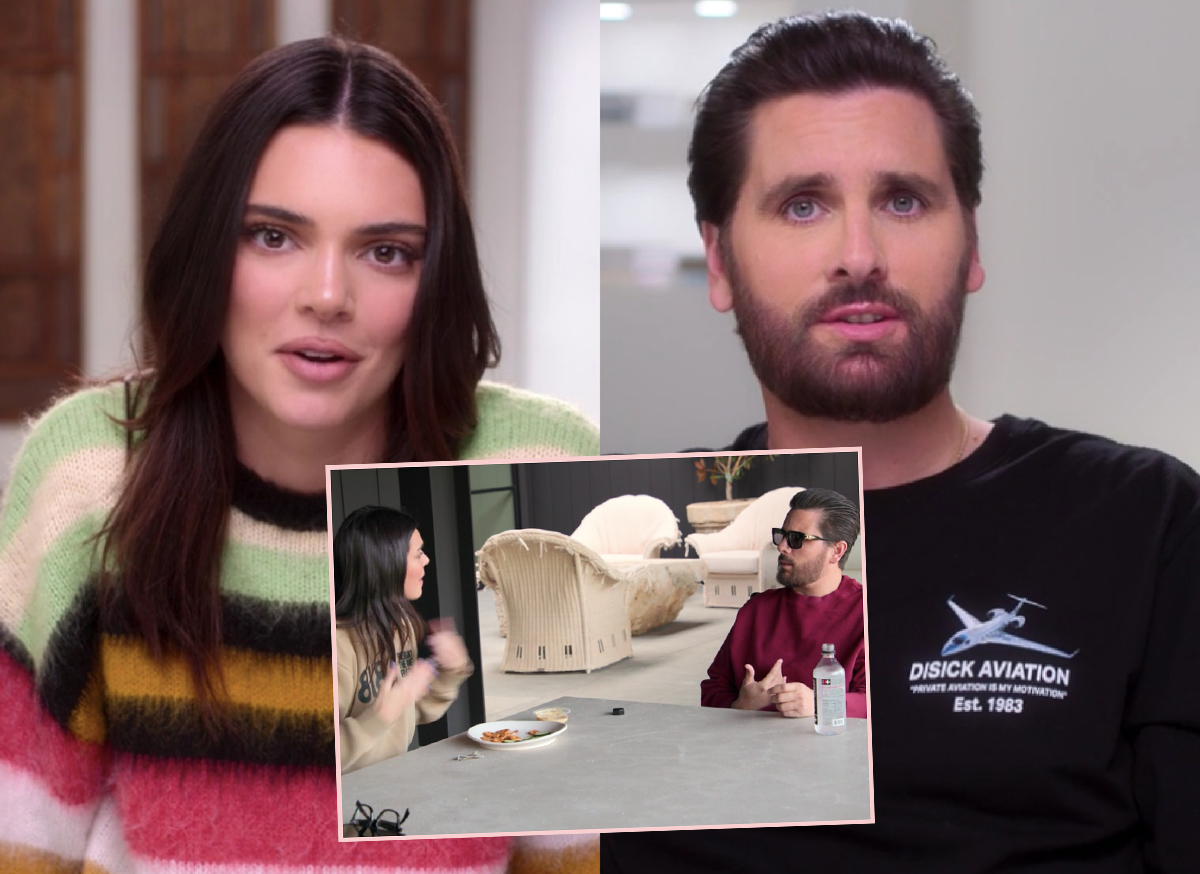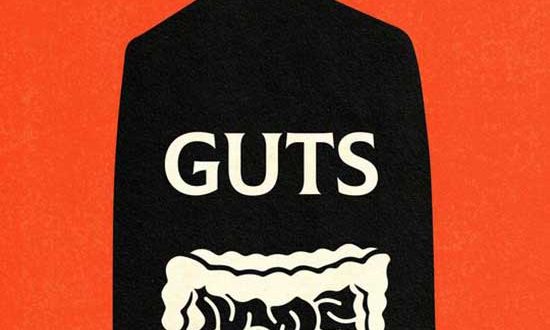#‘Illinoise’ Director Justin Peck on Bringing Sufjan Stevens to Broadway

Sufjan Stevens’ Illinois had been a formative album for director and choreographer Justin Peck, and so when it came to reinterpreting it for the stage, Peck felt a responsibility to do right by the other longtime fans.
After initially toying around with the format of the piece, Peck, who is resident choreographer of the New York City Ballet, turned to a dance-based show, without any dialogue. Instead, the narrative plays out through movement and songs from the album, performed by three vocalists and a band. The idea was to give fans something new to explore, via a new storyline, while tapping into their own experience with the album.
“It’s expressed in this way that almost feels like you’re watching a silent film, and it allows the viewer their own personal experience and even a little bit of room for them to meet it halfway with their own point of view and their own life experience,” Peck said.
The narrative, which was shaped by Peck and Pulitzer Prize-winner Jackie Sibblies Drury, follows a group of friends sharing personal stories around a campfire. Henry, played by Ricky Ubeda (So You Think You Can Dance), is initially reluctant to share, but eventually coaxed into sharing the story of his unrequited romantic feelings for his close friend Carl (played by West Side Story’s Ben Cook), their move from the “middle of nowhere” to the city (set to the song “Chicago”) and the cost of leaving Carl behind as he moves into his first romantic relationship.
Illinoise debuted at Bard College last summer, before playing the Chicago Shakespeare Theatre and Off-Broadway at the Park Avenue Armory in New York, in a run that ended March 23. It then started previews at the St. James Theatre on Broadway in April, and has since been nominated for four Tony Awards, including best musical and best choreography.
Peck, who also choreographed Steven Spielberg’s 2021 film West Side Story and the 2018 Carousel revival on Broadway, spoke with The Hollywood Reporter about Sufjan Stevens’ involvement in the show, the decision to lean into dance and not include dialogue and bringing a dance-based show to Broadway.
What made you think this should be a piece of theater?
When I first heard the album, which was almost 20 years ago now, I was blown away by the ambition of it, the scale of it, how it had such range, from everything like the quiet whisper of poetry through folk song to super expansive orchestral music to moments that felt almost like show tunes. And I just felt like the album itself had a lot of storytelling that ran through it. I always had this inkling that there might be something to excavate an album and develop it into a live theatrical event on stage. And so it really was just many years ruminating on that.
When did you approach Sufjan Stevens about the show?
I started my collaboration with Sufjan probably in 2011. We’ve done three or four ballets together at New York City Ballet where he’s written scores. So that’s how we first started to work together. And then I started to float this idea to him, I would say, in 2014. I remember being at dinners with him and just like having conversations about the possibility of Illinoise as a stage musical. And then I started to work on the actual development of this show in 2019. So that’s when I started to kind of think about what the show could be, the context of it, how it exists. what’s the language of it, and started to bring in collaborators to develop it further.
How much involvement did Sufjan have?
Sufjan was relatively hands off about it. He was focused almost entirely just on the music, working slightly in collaboration with Timo Andres, our orchestrator and arranger, but he gave us a lot of room to do our creative work. And I think that was partially due to the fact that he’s a very forward working artist, and he didn’t have a whole lot of interest in going back into an existing project that he felt like he already cycled through, which was the Illinois album. So he was always very supportive of it. He got to see the show [in April], which was great.
That was his first time seeing it. He’s had a very hard year, his partner passed away. He’s been struggling with this autoimmune disease, so it’s been tough for him physically to get around. So this was the soonest moment that we were able to make the arrangements for him to be with us. We felt very energized by having him with us.
How did you arrive at the idea that there shouldn’t be any spoken dialogue?
That was a decision that was made in close collaboration with my writing partner, Jackie Sibblies Drury, who is an amazing playwright. She and I are responsible for the book of the show. And early on in our collaboration, we talked about the possibility of dialogue and whether we wanted to pursue that. But after doing some initial workshopping in the space, we just felt like the show existed in its most potent form when it was only expressed through the music and through the kind of dance staging of it. And so we just made a decision at that moment that that would be the parameter for the show. And a big part of the motivation and the inspiration for this show is to honor the music and the experience of the album and to deliver what that can be in its entirety to an audience, and we just felt like dialogue would potentially get in the way of that experience.
You’re also taking on darker themes with the choreography in the show, including illness, grief and more. Why did you decide to go in that direction, and what was the process like?
That was actually at the encouragement of Sufjan. Right before I embarked upon the whole creative journey of this, he said to me that this album is actually quite dark, and he encouraged me to lean into the darkness of the album, because when people listen to it for surface value, it has a kind of upbeat, bright nature to it. But once you get past that first layer, there really is a lot of darkness to it. So that advice kind of stuck with me. And we tried to craft this coming of age story that felt like it faced grief and the grieving process head on. It was sort of terrifying to do actually, for me, because a lot of my work has been more about building a more sort of utopian world. And this was the opposite. It was kind of going directly into this kind of state of emotional turmoil and grappling with unexpected loss and struggling to regain a sense of self and find a sense of community, so it was tough, but it was also kind of a thrilling process now that I’m on the other side of it.
Broadway is not always overly accepting of dance-based shows. How did it feel to get the Tony nominations, especially best musical, in light of that?
I think it’s a huge gain for dance as an art form and as a medium. It’s not every season that there is a show that is so dance forward. And for me personally, I was always very inspired by the shows that came from a dance backbone, even going way back to like West Side Story or Chorus Line. And then even like Contact and Movin’ Out and Bring in ‘da Noise, Bring in ‘da Funk those shows all made a big impression on me. And I feel like I stand on the shoulders of those shows or Illinoise stands on the shoulders of those shows. And I’m really honored that it can exist in the lineage of all that.
This conversation has been edited for length and clarity.
If you liked the article, do not forget to share it with your friends. Follow us on Google News too, click on the star and choose us from your favorites.
If you want to read more Like this articles, you can visit our Social Media category.




